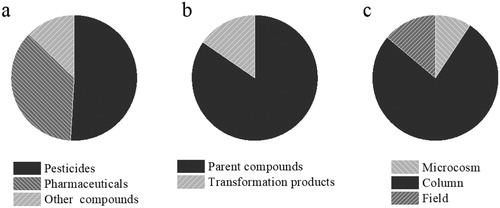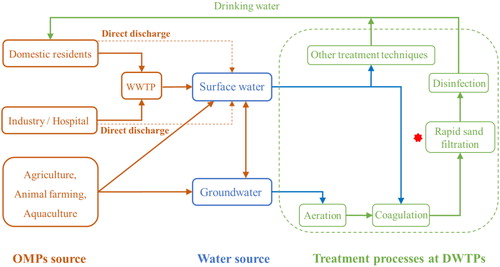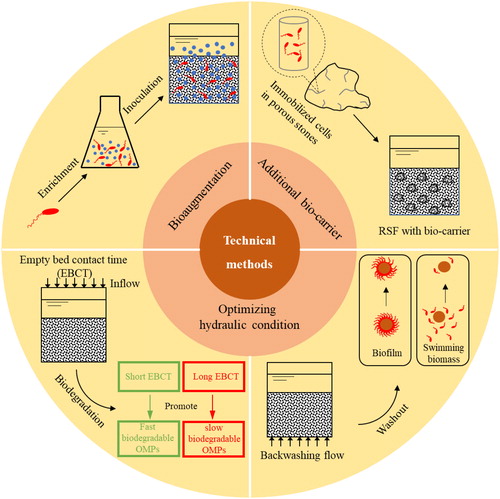Figures & data
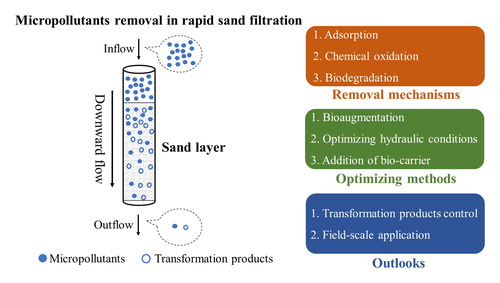
Figure 2. Overview of OMPs removal pathways in RSF. (a) Adsorption of OMPs onto sand granules. (b) Oxidation and adsorption of OMPs by iron/manganese oxides. (c) Biodegradation of OMPs by autotrophic bacteria (nitrifying and/or methanotrophic bacteria). (d) Biodegradation of OMPs by heterotrophic bacteria.
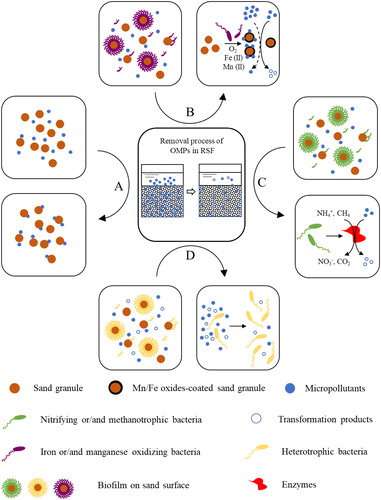
Table 1. OMPs removal by rapid sand filtration-based technology for drinking water production.
Figure 3. Overview of the categories of OMPs previously studied. (a) Compound type, (b) belonging to parent compound or transformation product (c) research scale. The detailed information of target OMPs is given in the supplementary information (Table S1).
